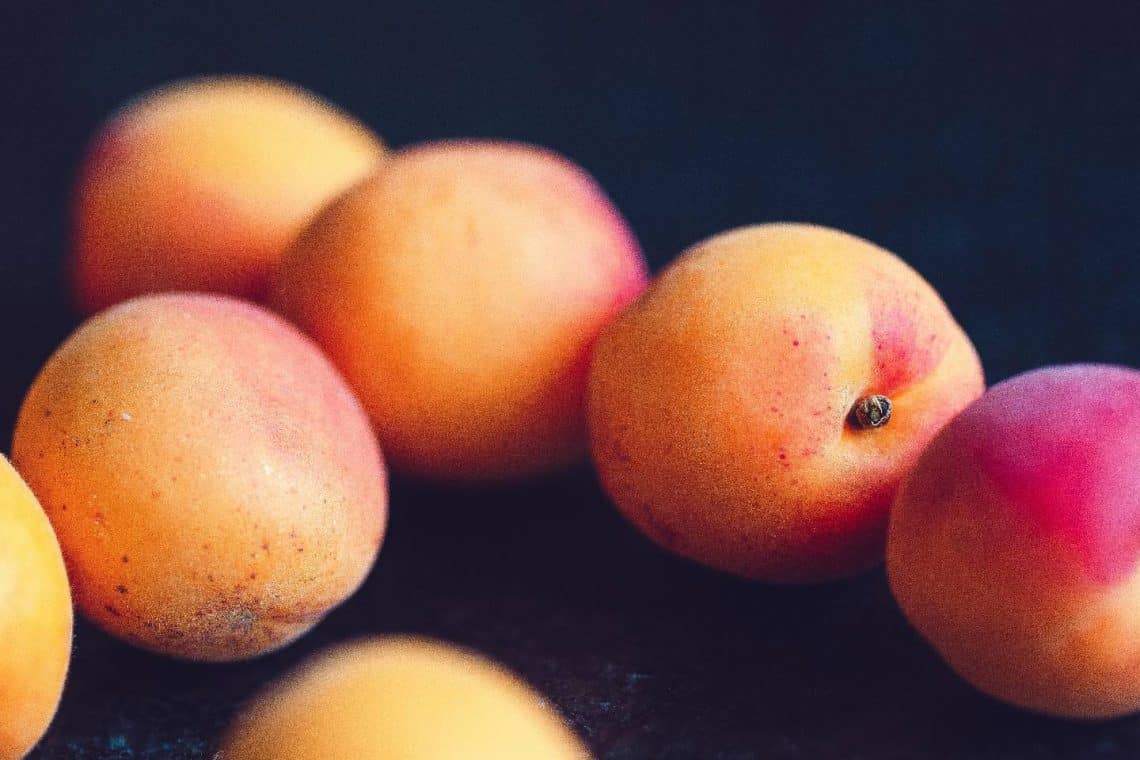South Africa’s fruit industry is entering a new era as a landmark trade agreement opens the door for local apricots, peaches, nectarines, plums, and prunes to reach one of the world’s largest consumer markets. The protocol, signed on October 15, 2025, in Shanghai, is the first of its kind—granting access for multiple stone fruit varieties under one unified deal. For Western Cape growers, this breakthrough could mean a surge in exports, new jobs, and greater resilience in a volatile global trade environment.
A Historic Step for South African Agriculture
The agreement was signed by South Africa’s Minister of Agriculture, John Steenhuisen, and China’s Minister of the General Administration of Customs, Sun Meijun. The signing, attended by representatives from Hortgro, the Fresh Produce Exporters’ Forum, and BerriesZA, marks a milestone in deepening agricultural and economic cooperation between the two nations.
Negotiations for access have been ongoing for years, following previous successes such as South African apples entering China a decade ago and pears in 2021. This comprehensive stone fruit deal reflects a strategy to diversify export destinations and reduce dependency on traditional markets. Steenhuisen noted that it positions the country to meet changing consumer preferences, particularly the rising demand for premium produce among China’s expanding middle class.
With the stone fruit season underway, South African exporters are already preparing shipments. Orchards and packhouses have been provisionally registered with the Department of Agriculture to meet China’s stringent phytosanitary standards. Producers aim to showcase high-quality, ethically grown fruit that meets global food safety benchmarks.
Economic Impact: A Market Worth Hundreds of Millions
Analysts project that the Chinese market could generate roughly R393 million for South African stone fruit exporters over the next five years—potentially doubling within a decade. The first season alone is expected to yield about R28 million in revenue, rising to R54 million the following year. By 2032, exports to China could account for around 5% of South Africa’s total stone fruit output.
China’s appetite for stone fruit is vast. In 2024, it imported over 21 million cartons of peaches and nectarines, along with 20 million cartons of plums—far exceeding South Africa’s total annual export volumes. This strong demand presents a lucrative opportunity for South African producers to access better prices, offset declines in other markets, and stimulate rural economies.
Beyond immediate earnings, the agreement is expected to encourage new investments in orchards and processing infrastructure. Expanding production capacity will help sustain long-term growth, particularly as China provides an alternative outlet amid ongoing global trade tensions and tariff fluctuations.
Revitalizing the Western Cape’s Fruit Valleys
The Western Cape—home to 92% of South Africa’s stone fruit production—will be the biggest winner. Areas like Ceres, Klein Karoo, and Langkloof produce roughly 350,000 tonnes of fruit each year, and the new market access could generate an estimated 600 jobs across farming, packing, and logistics sectors over the next decade.
These opportunities are vital for rural communities where agriculture remains a key employer. The industry, valued at more than R2.46 billion, derives 82% of its income from fresh fruit sales. Broader export access could stabilize rural livelihoods and encourage further infrastructure investments, complementing other development projects already generating thousands of jobs across the province.
South Africa’s overall agricultural exports reached a record US$13.7 billion in 2024, with Asia and the Middle East representing 21% of that total. Expanding into China—one of the world’s top importers of farm goods—supports the nation’s goal of diversifying markets while maintaining strong trade ties with regions like the EU and Africa.
Reducing Trade Barriers and Speeding Up Exports
Although the agreement primarily addresses phytosanitary protocols, it also sets the stage for tariff discussions. China’s most-favored-nation tariffs on stone fruit currently range between 7% and 30%, while some countries benefit from zero-tariff access through free trade agreements. South Africa continues to advocate for more competitive rates to enhance its position in this fast-growing market.
Streamlined inspection and certification procedures are also expected to cut shipping delays and costs—essential for maintaining freshness in perishable products. Similar protocols for blueberries and cherries are under review, with pilot inspections expected to begin soon.
Strategic Positioning in Global Trade
The new agreement highlights how global trade shifts can create opportunities for agile exporters. During the 2018–2019 trade disputes that disrupted traditional supply routes, many Asian importers turned to new partners in Africa and South America to meet demand. South Africa now stands out as a reliable supplier able to fill those gaps while promoting sustainable and ethical farming practices.
Meeting Growing Demand for Quality Fruit
Chinese consumers are increasingly drawn to imported produce with strong provenance and safety credentials. Marketing campaigns by Hortgro have already built awareness of South African apples and pears, and similar efforts are planned for the stone fruit category. Industry leaders have described the signing as a “win-win” moment for both nations—an alignment of supply and demand that supports food security and trade diversity.
Looking Ahead: A Fruitful Future
This protocol marks more than just a trade milestone—it signals a sustainable growth pathway for South Africa’s fruit sector. With the Western Cape’s unique climate and advanced agricultural expertise, local growers are poised to meet global demand while strengthening economic ties with one of the world’s most influential markets. As orchards blossom and exports begin, the partnership promises lasting benefits for producers and consumers alike.
